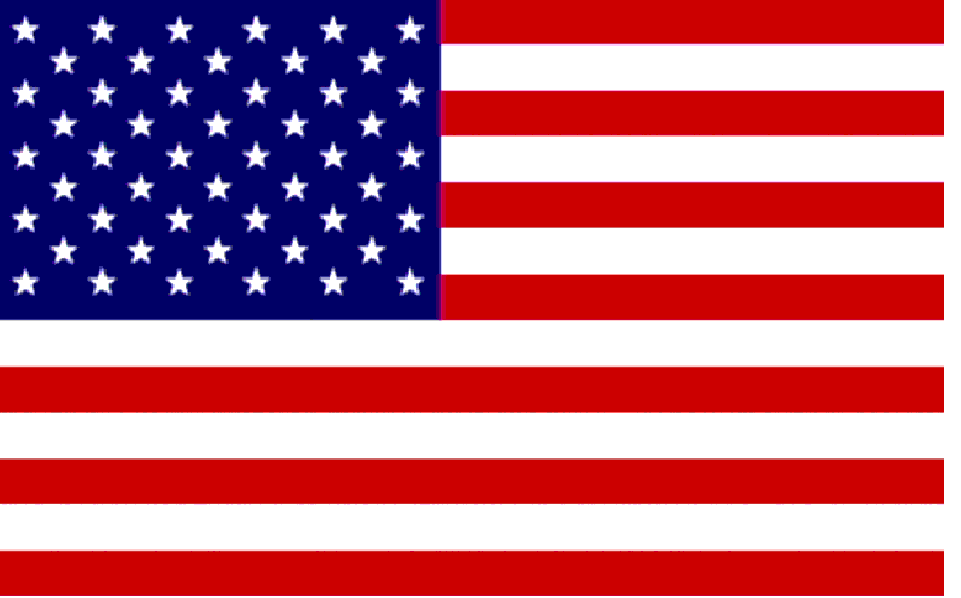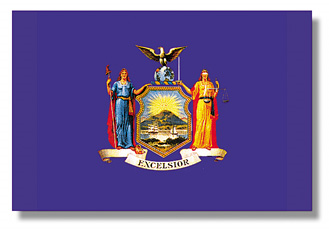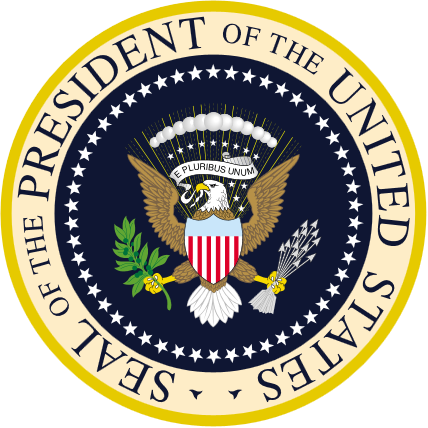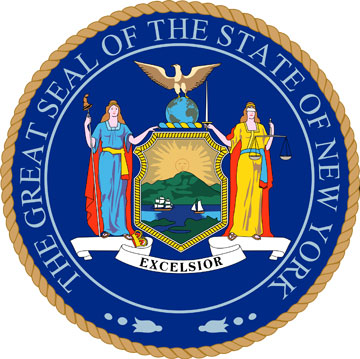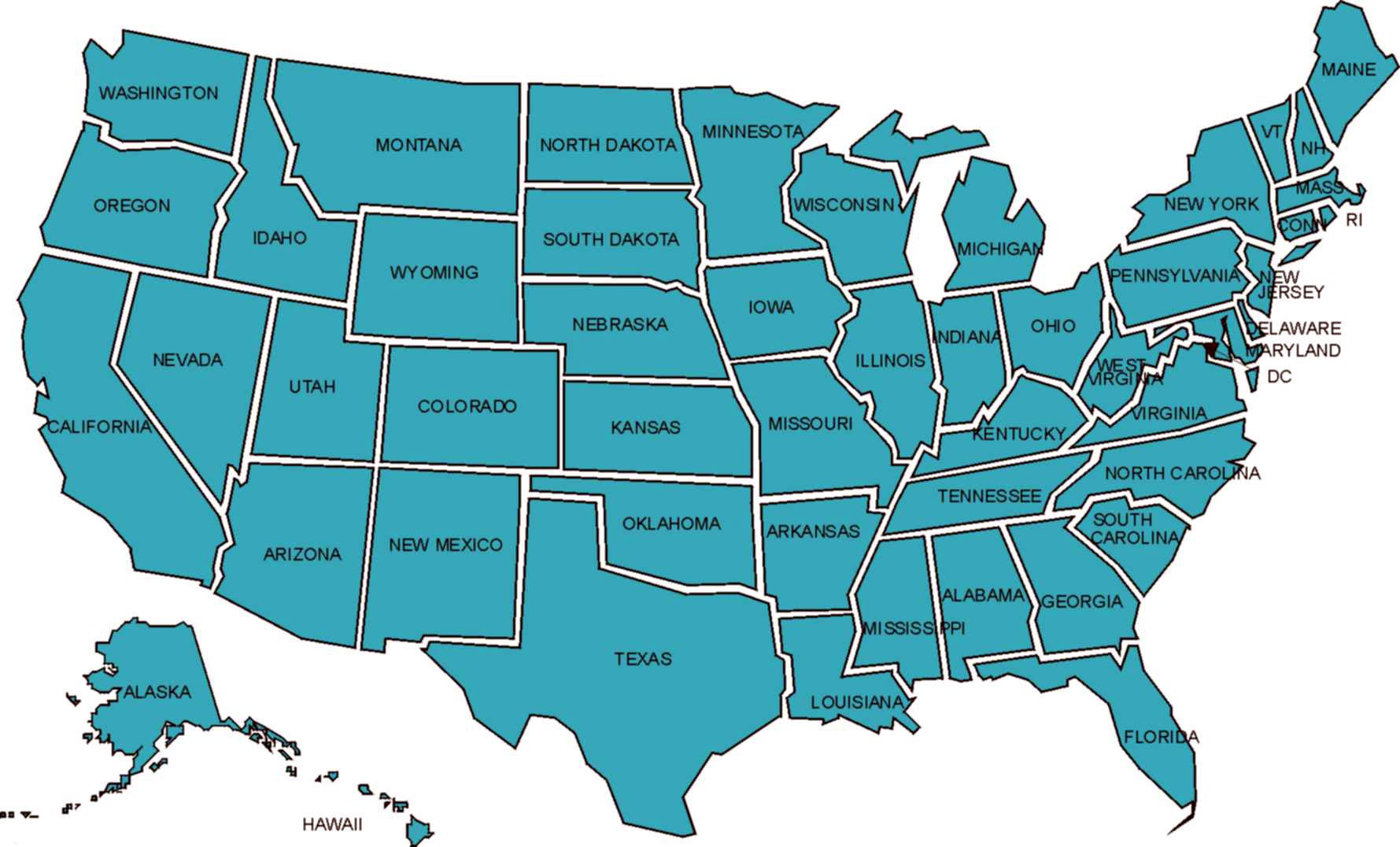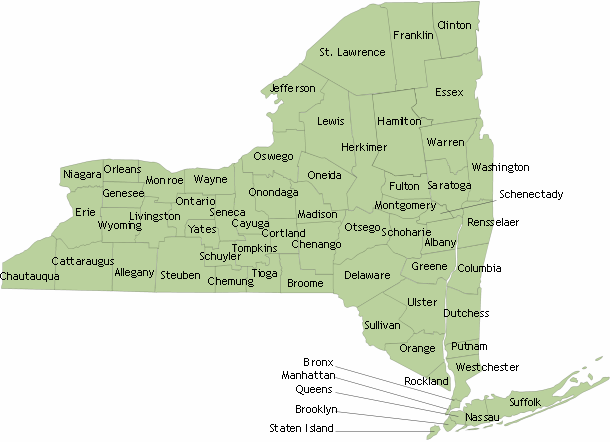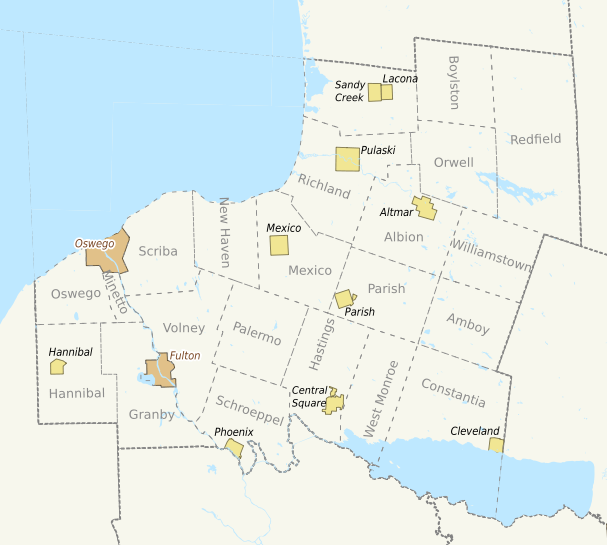Federal Court System
Courts
Article III of the Constitution provides for a Supreme Court and "such inferior courts as the Congress may from time to time ordain and establish." Since that statement was written in 1787, Congress has established a multilevel national court system. Below the Supreme Court are the United States Courts of Appeals. Next are the United States District Courts. Special courts created by Congress are: the Temporary Emergency Court of Appeals, the United States Claims Court, the United States Court of International Trade, the United States Court of Military Appeals, and the United States Tax Court. The Federal Judicial Center is a research agency.
Supreme Court
"We are under a Constitution, but the Constitution is what the judges say it is." This extraordinary, but accurate, remark by former Chief Justice Charles Evans Hughes highlights the most significant role the Supreme Court plays in American life. The power of judicial review--the authority to rule on the constitutionality of federal and state laws--has played a vital role in shaping the development of law and public policy in the United States.
The Supreme Court is the highest judicial tribunal in the United States and perhaps the most powerful court in the world. It is the court of final appeal, and its rulings are law for the president, Congress, and the states as well as for individual citizens.
The Judiciary Act passed by Congress on Sept. 24, 1789, provided for a Supreme Court with a chief justice and five associate justices. The Court itself was organized on Feb. 2, 1790, with John Jay as the first chief justice. In 1807 the membership of the Court was increased to seven and in 1837 to nine. A statute of 1863 raised it to ten, but in 1869 it was changed back to nine--its present number. A proposal by President Franklin D. Roosevelt in 1937 to reorganize the Court and add six new justices--called the "court-packing" scheme--was defeated in Congress. All justices are appointed by the president, subject to confirmation by the Senate. Justices remain on the Court, and on all federal courts, for life "during good behavior." Only one justice--Samuel Chase in 1805--has ever been impeached, but he was acquitted. Associate justice Abe Fortas resigned under pressure in 1969 after he was accused of a conflict of interest.
The Court has two types of jurisdiction--original and appellate. Original jurisdiction refers to cases tried directly before it without involving the lower courts. The Constitution gives the Court original jurisdiction in controversies between states, between a state and the federal government, between a state and citizens of another state, and in cases affecting ambassadors, other public ministers, and consuls. The Court also hears the rare cases of admiralty and maritime jurisdiction. Sessions of the Court begin on the first Monday in October and end in June or July.
Most cases reach the Court under its appellate jurisdiction--the power to review decisions made by lower courts, both federal and state. These cases come before the Court either by appeals or by certiorari.
Appeals cases are those that challenge a state or federal law as being inconsistent with the Constitution. If the losing party in a lower-court case believes the decision against him was based on an unconstitutional statute, he may appeal to the Supreme Court. The Court is obligated to grant a preliminary hearing. If one justice finds merit in the appeal, a full trial is granted. The Court may dismiss an appeal if the question involved is considered insubstantial.
Certiorari cases are reviews of lower-court decisions undertaken at the discretion of the Supreme Court. The Court receives thousands of petitions each year that do not qualify as appeals cases. It is free to choose those it will consider. Review by certiorari procedure is granted only in unusual cases--for example, those involving constitutional interpretation, conflicting interpretations of law by lower courts, or the decision by a state court on a point of federal law. A certiorari case is accepted if four justices agree that it merits review. The Court may not rule on a federal or state law, however, no matter how unconstitutional it may seem, unless the issue is brought before it in a case. The Court does not act in an advisory capacity.
Persons seeking a Court review of a decision must first have exhausted review procedures in their highest state court or in a federal appeals court. Unless the case qualifies as an appeals case, which the Court is obliged to hear, a petition for review by certiorari is then made to the Court. If the petition is granted, specially qualified lawyers are assigned to the case. After briefs have been filed, each side is allowed one hour to present oral arguments. If the federal government has an interest in the case, it is represented by the solicitor general or another government lawyer. A minimum of six justices must be present when any case is argued.
After the Court hears a series of cases, it recesses for research and reflection. Decisions are reached in private conferences. A judgment must be concurred in by a majority of the justices hearing the case. If no decision is reached, a rehearing may be called. If the chief justice agrees with the majority, he assigns a justice to write the opinion of the Court. If he disagrees, the senior associate justice assigns the opinion. The opinion, which gives the ruling and the reasoning behind it, is read at a subsequent session of the Court. Judges who disagree with the ruling may write dissenting opinions. In the history of the Court, Oliver Wendell Holmes, Jr., was known as "the great dissenter." Many of his dissents subsequently became majority rulings.
Other Federal Courts
The Supreme Court sits atop a three-tiered structure. Below it are the federal appeals courts and the district courts. The latter have original jurisdiction in federal cases. Congress also creates other specialized courts.
Courts of Appeals
The Circuit Court of Appeals Act, passed by Congress on March 3, 1891, created intermediate courts to relieve the Supreme Court of its heavy appeals case load. The United States was divided into 12 judicial circuits, plus the District of Columbia. The term circuit is used because the justices of the Supreme Court once rode the circuits of their court responsibilities in addition to being present at sessions of the Supreme Court itself. The 1891 act relieved the judges of this task.
Each circuit has a federal appeals court. Each of the 50 states is assigned to one of the circuits, and the territories are assigned to the first, third, and ninth circuits. Each appeals court has from six to 28 judges, depending on the amount of casework in the circuit. The number of judges can be changed by Congress. Each court of appeals normally hears cases by panels of three judges, but the court may also sit with all its judges present. Cases are sent to an appeals court from a federal district court or from a state court.
Court of Appeals for the Federal Circuit. The Federal Courts Improvement Act of 1982 established the Court of Appeals for the Federal Circuit as the successor to the Court of Customs and Patent Appeals and the Court of Claims. It has national jurisdiction and accepts appeals in patent, trademark, and copyright cases and appeals from the United States Claims Court and from the United States Court of International Trade. It also reviews administrative rulings by the Patent and Trademark Office, the International Trade Commission, the Merit Systems Protection Board, and the secretary of commerce. The court has 12 judges and normally sits in panels of three on a case.
District Courts are federal trial courts with original jurisdiction in cases involving federal law. Each state has at least one district court, and large states have as many as four. There are also district courts in the territories. The number of judges in a district ranges from two to 27. One judge usually hears a case, but on occasion three judges may be required.
Temporary Emergency Court of Appeals
The Economic Stabilization Act Amendments of 1971 created the Temporary Emergency Court of Appeals to have jurisdiction over appeals from district courts in cases arising under economic stabilization and energy conservation laws. The court is situated in the District of Columbia and has functioned since February 1972.
Claims Court
Congress established the Claims Court on Oct. 1, 1982, to succeed the Court of Claims. Its cases concern such money judgments against the United States as taking property, contract obligations, claims by government employees for back pay, and claims for refunds from income taxes. The court can also render judgments in cases charging the government with patent or copyright infringement.
Court of International Trade
Court of International Trade was known as the Board of United States General Appraisers when it was established in 1890. The present court was constituted in 1980. As its name implies, the court has jurisdiction over claims against the government on import transactions, including antidumping charges and customs duties.
Court of Military Appeals
Court of Military Appeals, established in 1950, is the appellate tribunal for reviewing court-martial proceedings of the armed services. It has three civilian judges. Its rulings are subject to certiorari review by the Supreme Court.
Tax Court
The Tax Court was created in 1924 as an independent agency of the executive branch. It was given its present name in 1942. Composed of 19 judges, it hears cases about income, gift, and estate taxes.
Author: William Kehen, PhD. Columbia University -1996
http://history-world.org/united_states_government.htmFor additional information please visit the Court Systems website.
